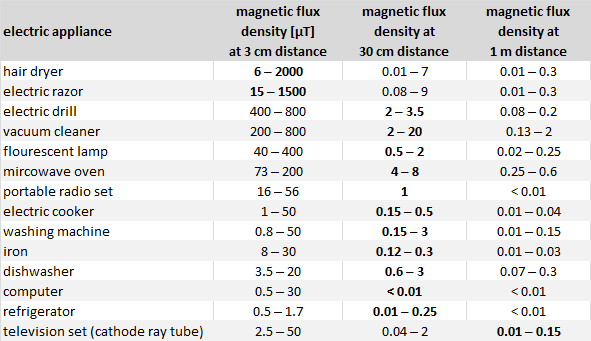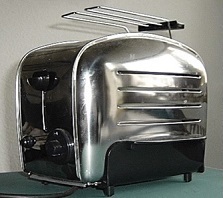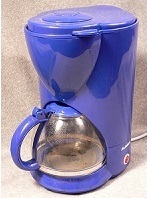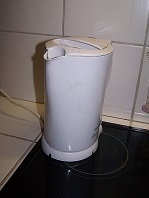Exposure sources at home
In most households, extremely low frequency electric and magnetic fields are generated mostly by household appliances and electric house installations (fuse boxs, cables, plug sockets), not by external sources such as power lines.
Household appliances are surrounded by magnetic fields. Strong magnetic field strength levels occur in the following appliances (see table):
- appliances for heating with high electrical power consumption (e.g. electric cooker, electric heating, washing machine, electric water heater, iron),
- appliances with a transformer or magnetic coils (e.g. radio clock, low-voltage halogen lamps, television set, wifi) and
- appliances with an electric motor (e.g. vacuum cleaner, drill, hand blender, hair dryer).

Source: Reports of the Commission on Radiation Protection, Issue 7, Protection against low frequency electric and magnetic fields of energy supply and utillization, 1997
The table shows that the magnetic fields around all household appliances rapidly decrease with the distance. Furthermore, most household appliances are not used very close to the body. The magnetic field strengths of almost all household appliances in a distance of 30 cm are more than 100 times lower than the ICNIRP reference value of 100 µT at 50 Hz for the general public.
Magnetic field mats are used for treatment of various disorders such as osteoporosis, osteoarthritis or rheumatism. Pulsed low frequency electric currents flow through the magnetic coils which are embedded in the mat. They induce magnetic fields which penetrate the body of the person lying on the mat. These magnetic fields again induce electric currents in the body which can generate an effect. Up until now there has been no scientific evidence that these “over the counter” magnetic field mats work. Measurements on behalf of the Swiss Federal Office of Public Health revealed magnetic field strength which exceeded the ICNIRP reference level for the public by 5 to 11 times. Further detailed information: FOPH
Typical measurement values are available in the database of exposure sources, for example:



1. Peng, license: CC BY-SA 3.0, 2. Frank C. Müller, license: CC BY-SA 2.0 de, 3. Henna, license: CC BY-SA 1.0, all via Wikimedia Commons